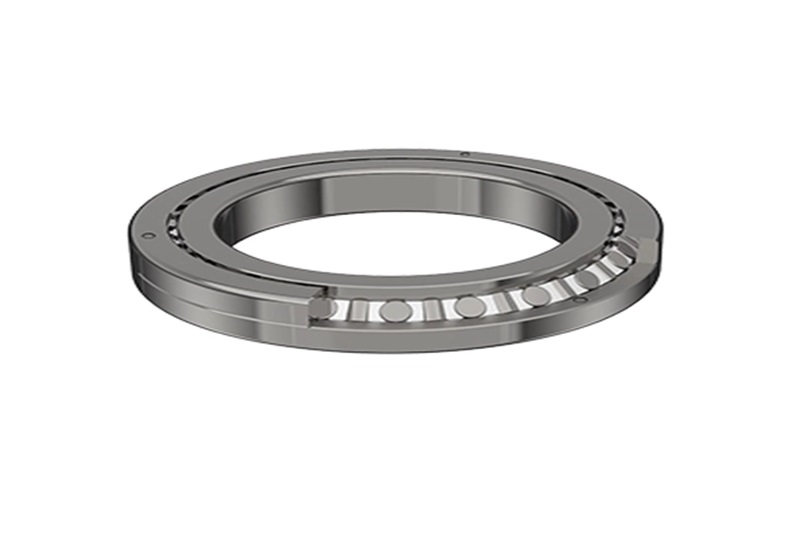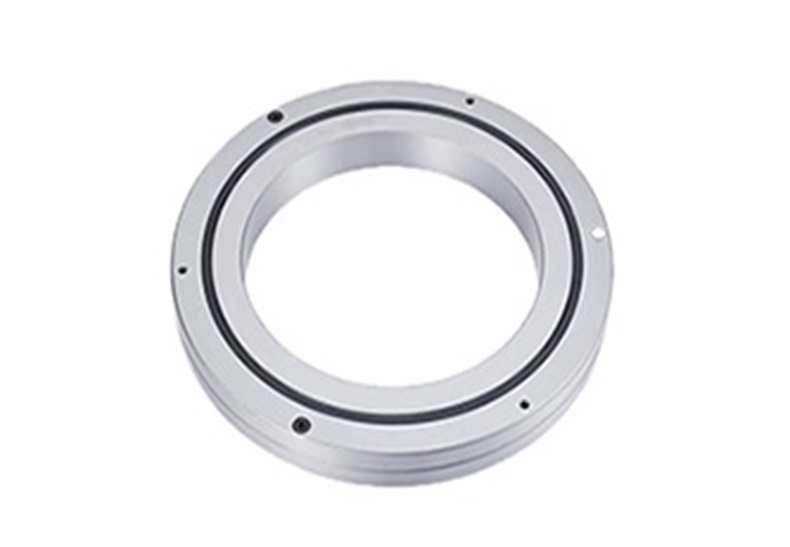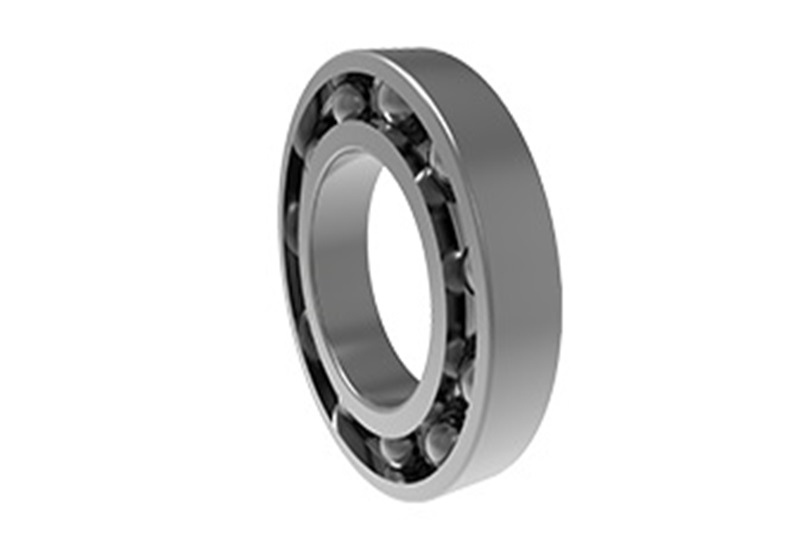What Are the Application Forms of Industrial Robot Bearings?
We all know that the crossed roller bearing is one of the commonly used bearings for robots, and it also plays a crucial role. Industrial robots are also very common in industrial production, achieving refinement that humans cannot do, and robots are never tired, who can work all the time, which has played a great role in the production and processing industry. So what are the application forms of industrial robot bearings? Let's find out together!
1. Machine tool loading and unloading robot bearings
Single machine loading and unloading is a typical and mature application of robots on machine tools. It is more accurate, fast and safe than manual loading and unloading. The advantages of robot loading and unloading are particularly obvious for the processing of small and medium-sized parts of crossed roller bearings with large production batches and short processing times, or heavy workpieces that need to be hoisted. The crossed roller bearing is used in the robot. The structural relationship between the robot and the machine tool is divided into two forms: the robot is installed outside the machine tool and the structure is formed with the machine tool. Robots installed outside the machine tool are divided into fixed, mobile and truss types.
2. Stand-alone machine tool loading and unloading robot bearings
The single-machine version of the truss robot is equipped with automatic loading and unloading equipment for a single CNC machine tool to meet the single-process automatic production of parts. The truss adopts high-strength steel beam, double-column structure, pure modular design, suitable for automatic loading and unloading of various workpieces such as shafts, discs, and rings. It has the advantages of flexibility and universality, fast moving speed, high positioning accuracy and long service life.
3. Multi-line machine tool loading and unloading robot bearings
The multi-line truss robot bearing automatic line meets the requirements of single-fluid workpieces starting from blank parts, and after roughing, finishing, automatic grinding, automatic milling, automatic drilling and tapping, automatic detection, automatic cleaning and drying, automatic palletizing and packing, automatic logistics and other production processes, the products are directly put into storage. The multi-line automatic line adopts a modular design, and is based on the standard unit of the truss robot of the single-machine version or the double-machine version for seamless splicing and connection, realizing multi-station and multi-process linkage production. The whole line is equipped with equipment monitoring system and order management system, which is a good solution to realize digital factory.
4. Robot bearings and machine tools form a flexible production line
The robot undertakes the process conversion of the workpiece and forms a flexible production line with several machine tools, which is a more complicated and valuable application than the single machine loading and unloading. In the current process of industrial transformation and upgrading, the market demand is getting stronger and stronger. The cooperation between the robot and the machine tool is so coordinated, and it is inseparable from the cooperation between the cross roller bearing and the robot. It is necessary to maintain the crossed roller bearing well to make it work better and improve efficiency.














 English
English  français
français  Deutsch
Deutsch  italiano
italiano 



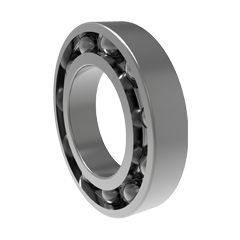
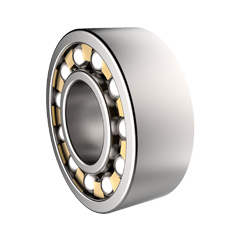
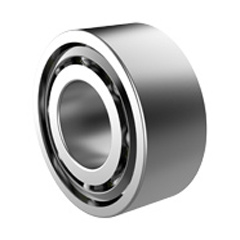
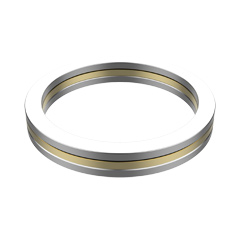
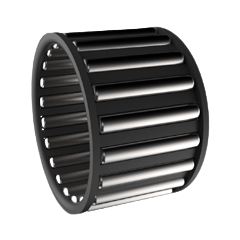
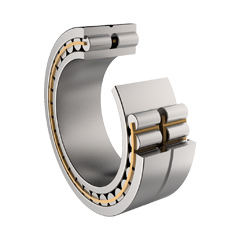
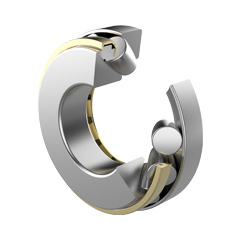
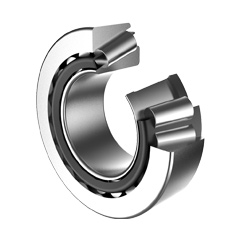
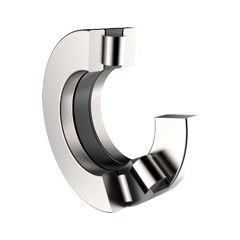
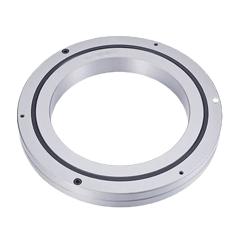
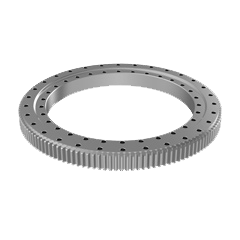

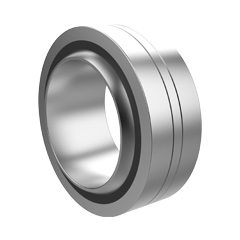

 English
English  français
français  Deutsch
Deutsch  italiano
italiano 

